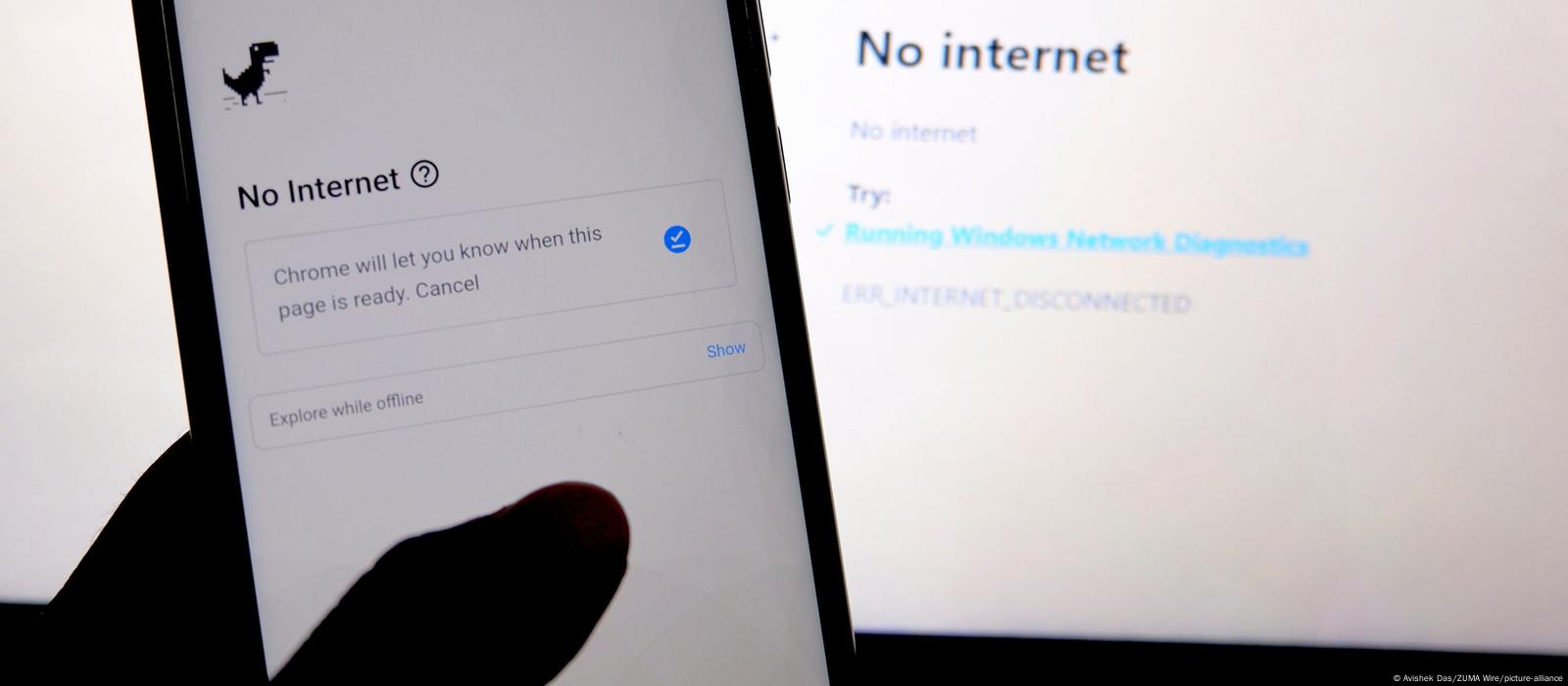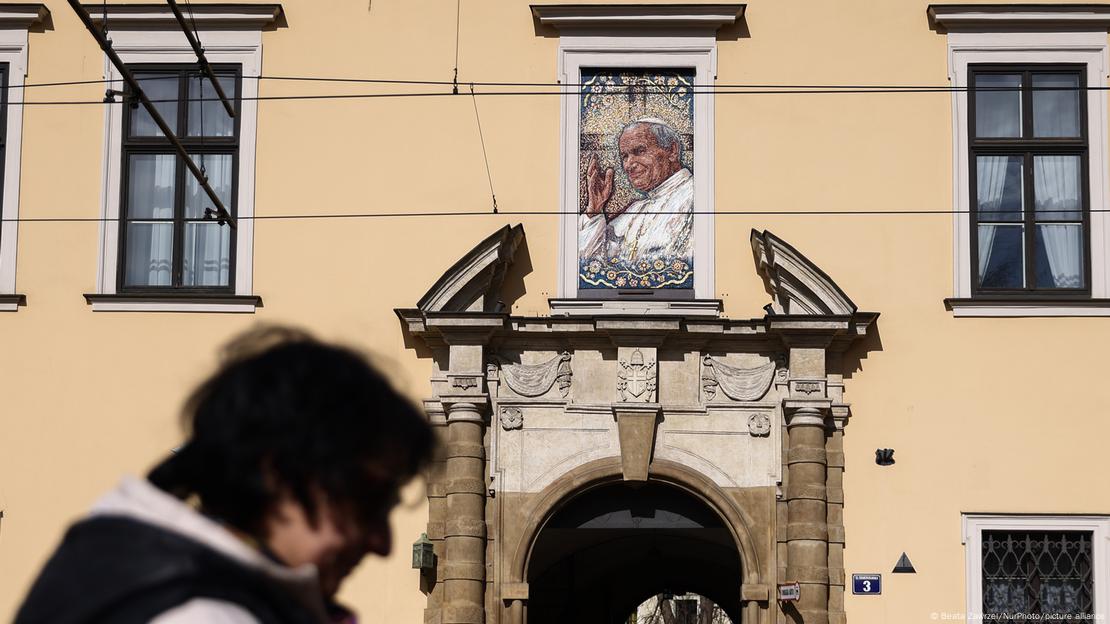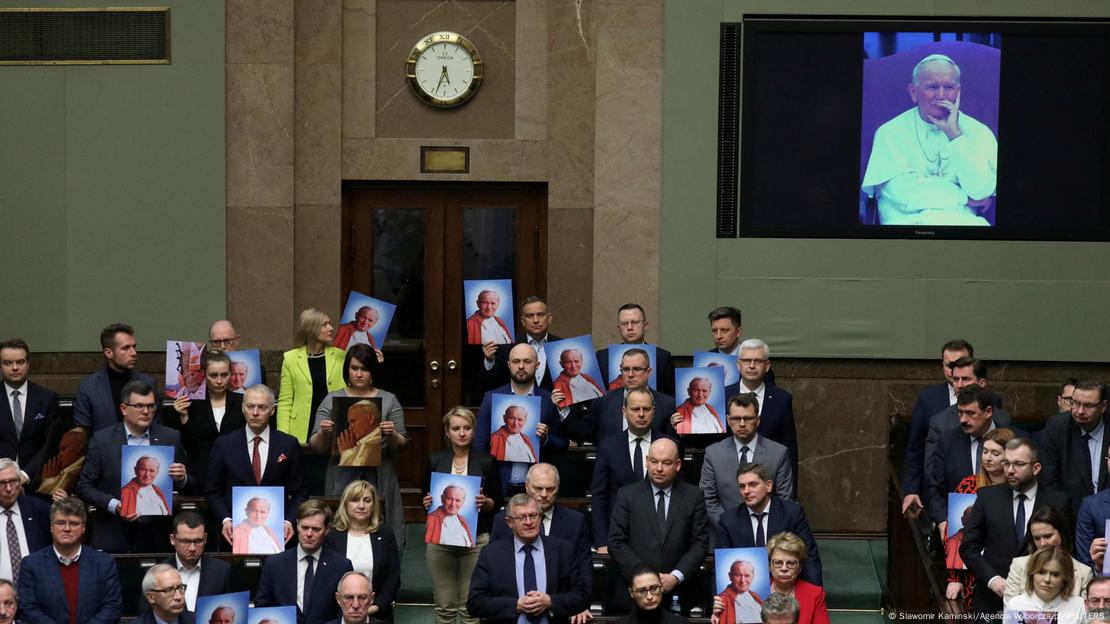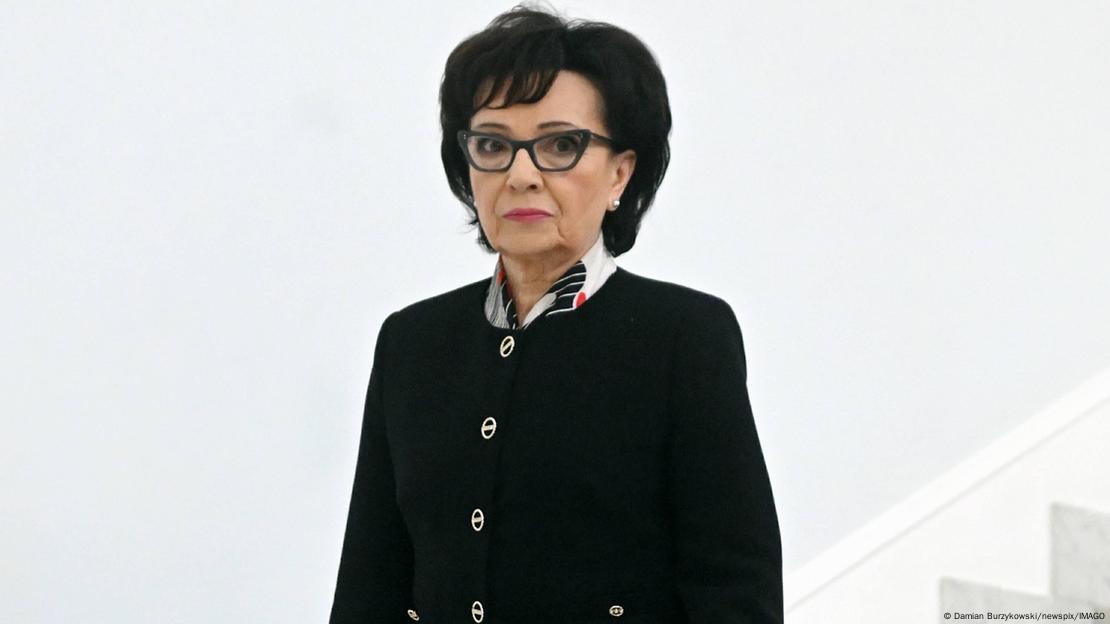
India: 'Internet shutdown capital of the world'
Murali Krishnan in New Delhi
DW
For five successive years, India has topped the global list of states that cut off the internet to their citizens. Critics say shutdowns paralyze daily life and the economy.
Last year, around the world, governments in 35 countries shut down the internet at least 187 times.
According to a recent report by the US digital rights advocacy group Access Now for the #KeepItOn coalition, India accounted for approximately 58% of all documented shutdowns globally. There were 84 shutdowns in the South Asian nation — more than in any other country.
Entitled "Weapons of control, shields of impunity: Internet shutdowns in 2022," the report cited various reasons for Indian authorities' decisions to close down the internet, including protests, elections, conflict and school exams.
"For a country chairing the G20, and on the eve of its pivotal 2024 general elections, these disruptions are jeopardizing the future of India's tech economy and digital livelihood ambitions — truly a global shame," said Raman Jit Singh Chima, Asia-Pacific policy director at Access Now.
Internet shutdowns paralyze daily life because people can no longer access necessary medical, educational and financial services.
DW
For five successive years, India has topped the global list of states that cut off the internet to their citizens. Critics say shutdowns paralyze daily life and the economy.
Last year, around the world, governments in 35 countries shut down the internet at least 187 times.
According to a recent report by the US digital rights advocacy group Access Now for the #KeepItOn coalition, India accounted for approximately 58% of all documented shutdowns globally. There were 84 shutdowns in the South Asian nation — more than in any other country.
Entitled "Weapons of control, shields of impunity: Internet shutdowns in 2022," the report cited various reasons for Indian authorities' decisions to close down the internet, including protests, elections, conflict and school exams.
"For a country chairing the G20, and on the eve of its pivotal 2024 general elections, these disruptions are jeopardizing the future of India's tech economy and digital livelihood ambitions — truly a global shame," said Raman Jit Singh Chima, Asia-Pacific policy director at Access Now.
Internet shutdowns paralyze daily life because people can no longer access necessary medical, educational and financial services.

Internet shutdowns are a way of restricting freedom of speech
Image: DW
Most shutdowns in Jammu and Kashmir
In the northern state of Rajasthan, shutdowns were imposed a dozen times. West Bengal, in eastern India, ordered shutdowns on seven occasions.
But it was the troubled region of Jammu and Kashmir that experienced the most shutdowns, at 49, including 16 back-to-back orders for three-day closures in January and February.
"This is the new normal," Anuradha Bhasin, the editor of the daily Kashmir Times, told DW. "We saw what happened when the government scrapped Kashmir's special status in 2019: The region saw the longest internet blackout imposed, with it lasting several months. It no longer makes news and people have been forced to get used to this situation."
Article 370 of the Indian constitution granted limited autonomy to Kashmir, which has been the source of a bitter territorial dispute between India and Pakistan since they gained independence from British rule in 1947. Prime Minister Narendra Modi's Hindu nationalist government in New Delhi revoked the special constitutional status in August 2019.
Bhasin appealed to the Supreme Court of India in 2019, arguing that internet shutdowns limited the ability of journalists to travel and publish. Accordingly, he said, it was a violation of Article 19 of the constitution, which guarantees the right to freedom of expression.
The court ruled that the indefinite suspension of internet services would be illegal under Indian law and that orders for internet shutdown must satisfy the conditions of necessity and proportionality.
"The principle of proportionality must be brought into the picture to guard against arbitrary state action," media critic Pamela Philipose told DW. "The Indian state, by notching up no less than 84 shutdowns in 2022, is clearly going against the letter and spirit of that judgment."

The internet is often switched off in Kashmir to prevent demonstrators coordinating
Faisal Khan/AA/picture alliance
'Arbitrary and excessive application of shutdowns'
According to the Internet Freedom Foundation (IFF), which advocates digital rights and liberties in India, multiple overlapping factors account for the continued and frequent use of such shutdowns.
"These restrictions are often enacted by local administrations on the grounds of 'public emergency' and 'public safety,' in the absence of clearly defined grounds for any such suspension or criteria to determine their effectiveness, leading to arbitrary and excessive application," Prateek Waghre, IFF's policy director, told DW.
Restrictions are often imposed during protests, to prevent demonstrators from coordinating, for example, but there are also temporary shutdowns to prevent cheating in exams.
Waghre said that factors combined "to make internet restrictions an early-stage intervention in the state's response toolkit rather than a measure of last resort."
"Shutdowns or disruptions are at times necessary to stop the flow of misinformation during a state of crisis and strife which could only exacerbate the situation," a senior official told DW on condition of anonymity.
Whopping cost to the economy
Detailed guidelines issued over three years ago by the Supreme Court on how internet shutdowns should be ordered in India are implemented too infrequently, say critics.
Litigation counsel Tanmay Singh from the IFF said decisions were rarely reviewed by judicial or independent bodies. Instead, they were approved by a committee of government members.
"There is also a low degree of transparency, as suspension orders and review committee orders are often not published or made public, despite the Supreme Court's directions to publish internet suspension orders widely," Singh told DW.
"Until these underlying issues are addressed, it is unlikely that we will see India changing its status as the internet shutdown capital of the world," he added.
According to the IFF, internet restrictions cost the Indian economy $582.8 million (€547 million) in 2021. The previous year, the Indian economy lost an estimated $2.8 billion — more than any other country by far — after shutting down the internet for a combined 8,927 hours.
Edited by: Anne Thomas























